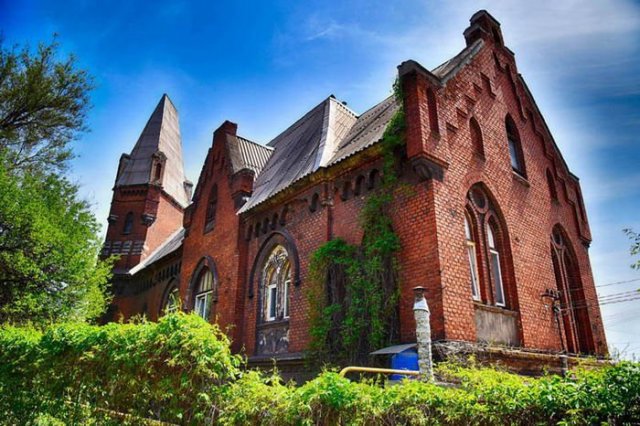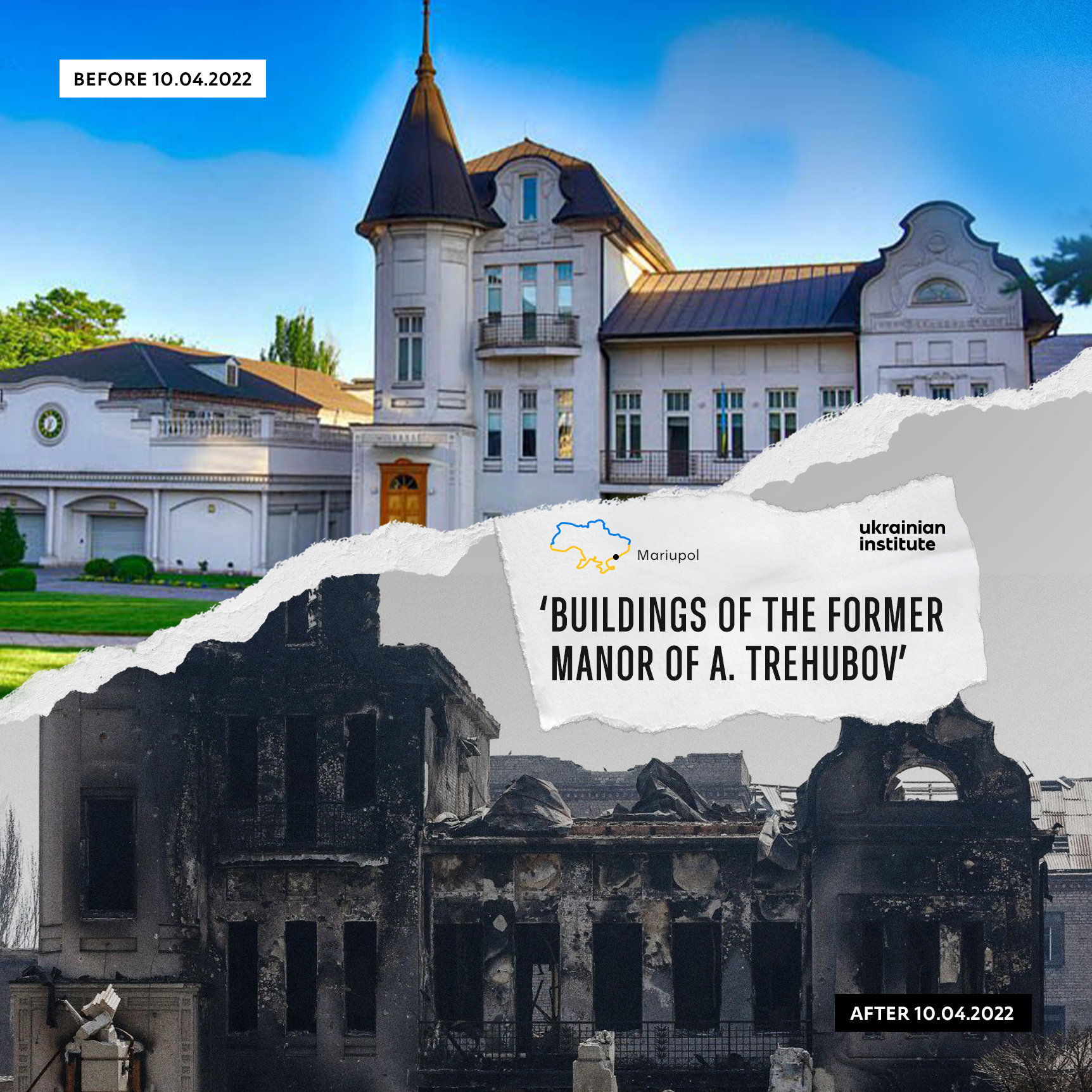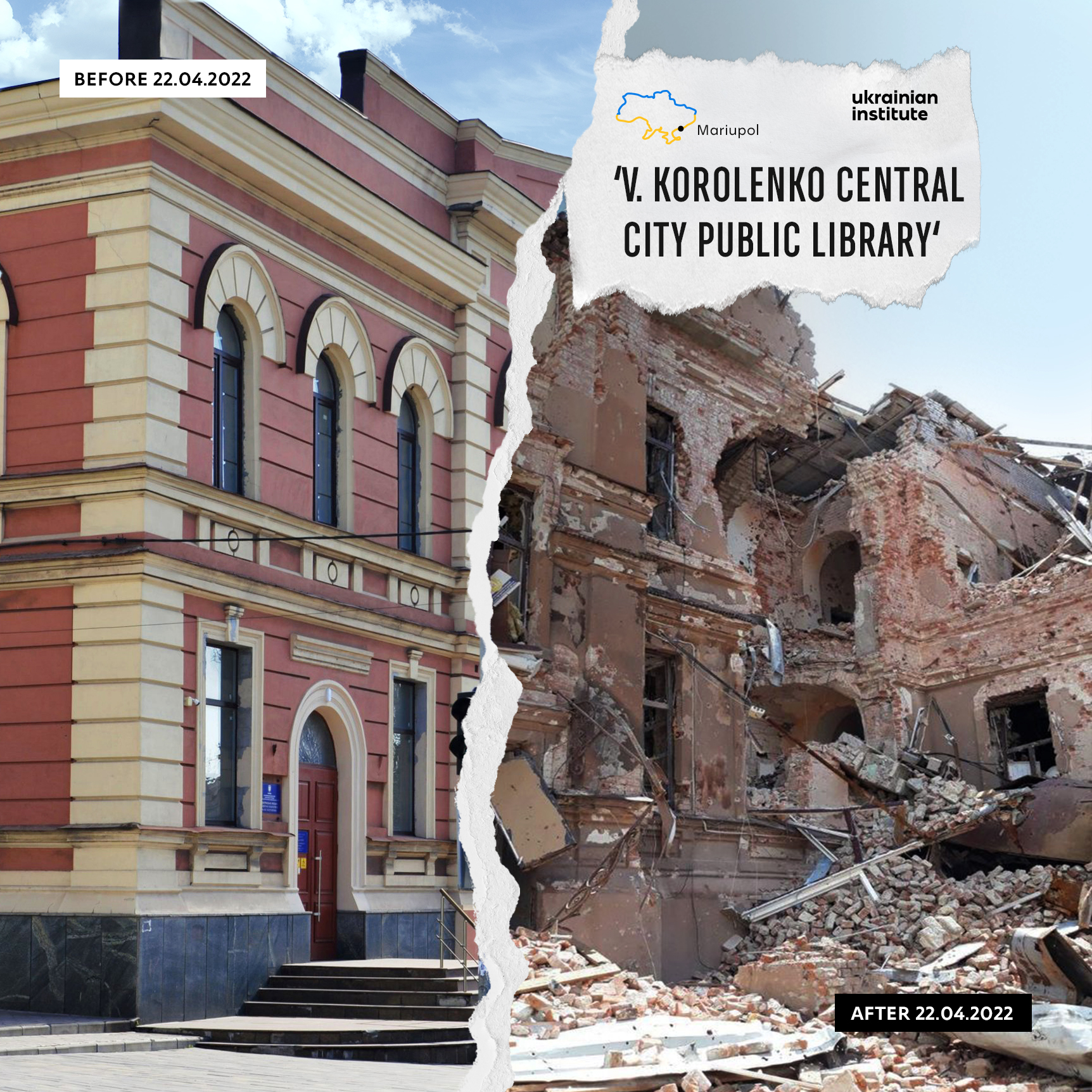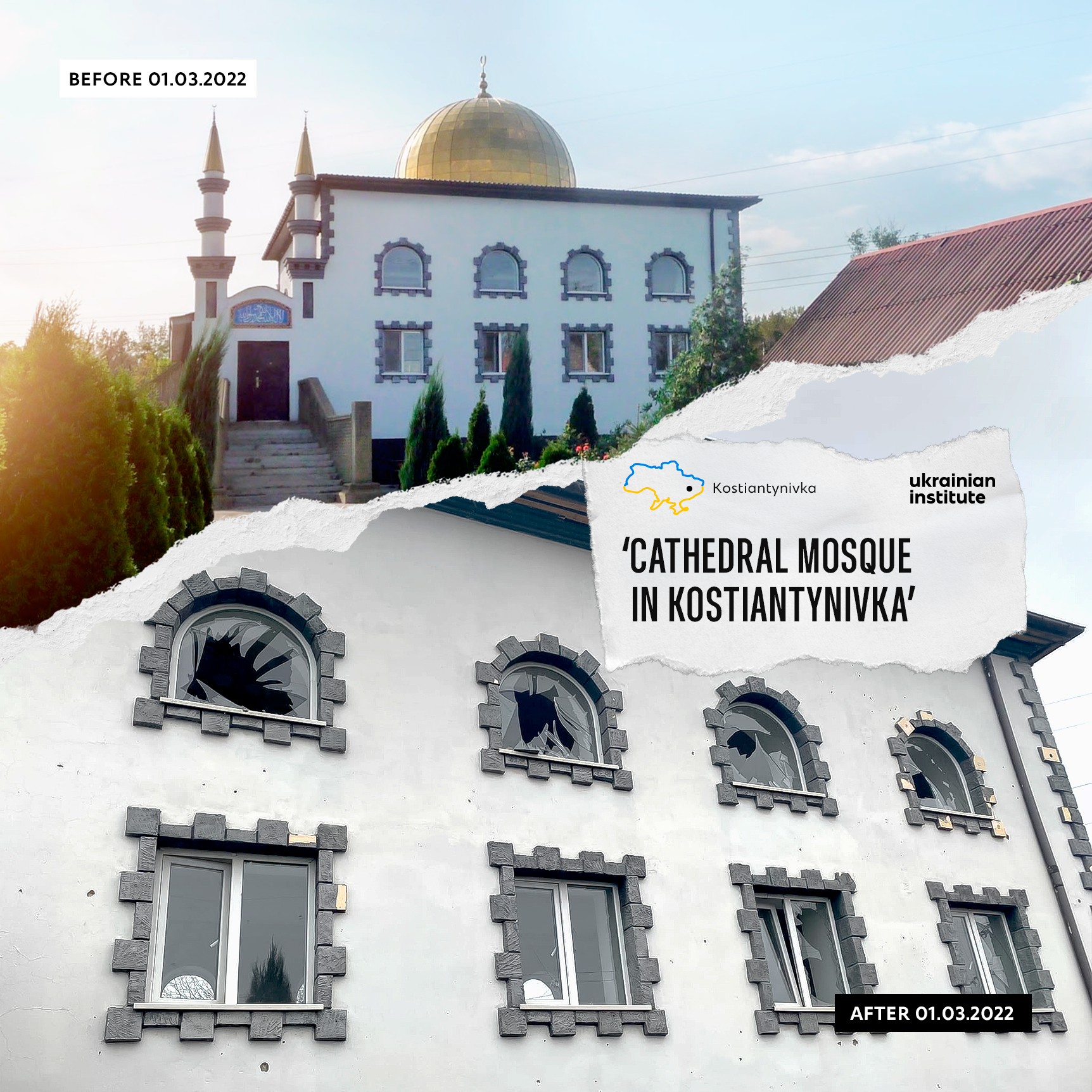
A two-storey manor in the classical style with a neo-Gothic tower, built in Mariupol 125 years ago. The state was a property of respected doctors.
Mariupol citizens have known the Gamperivskyi descent, which is not far from the sea, since their childhood. It is renowned not only for its unusual name but also for a neo-Gothic tower built here 125 years ago.
The descent name and the tower are closely related to the Gamper’s family history. A forensic medical expert, Friedrich Gamper, settled here with his family in the middle of the 19th century. At that time, a two-storey manor in the classical style did not yet have a tower.
When Serhii Gamper, Friedrich’s son, graduated from Kharkiv Medical University and started his medical practice, an outbuilding with a large room used as his office was added to the manor in the early 1870s. The young doctor Gamper quickly gained recognition throughout Mariupol, so locals called the descent ‘medical.’
The tower was constructed later as an embodiment of Friedrich Gamper’s entrepreneurial ambitions. He submitted a petition to the City Council for permission to build a plant or factory on his estate’s territory. So the soon-to-be-built two-storey red brick tower initially had a solely industrial purpose. With its narrow half-oval windows, ornamental stonework, and a built-in three-tiered tower with a hipped roof, this building looked like a Gothic castle.
After Friedrich Gamper’s death, the family residence was sold. Later, the Soviet government tried to set up sausage production facilities at the estate. This building survived World War II, and co-housing was organised here for dozens of families in the post-war period. After the restoration of Ukraine’s independence, the building remained residential and housed six apartments where families lived until the end of February 2022.
During the full-scale Russian invasion of Ukraine and the merciless destruction of Mariupol with all possible types of weapons, the Russian army also damaged Gamper’s house: its facades, roof, and interiors were partially destroyed. The fabulous tower was the central sight of the estate and the entire descent. It survived two world wars and then became a home for several generations of Ukrainians, but could not withstand the Russian invasion of Ukraine in the 21st century.
The site that once held memories may now turn into a memory itself.


























